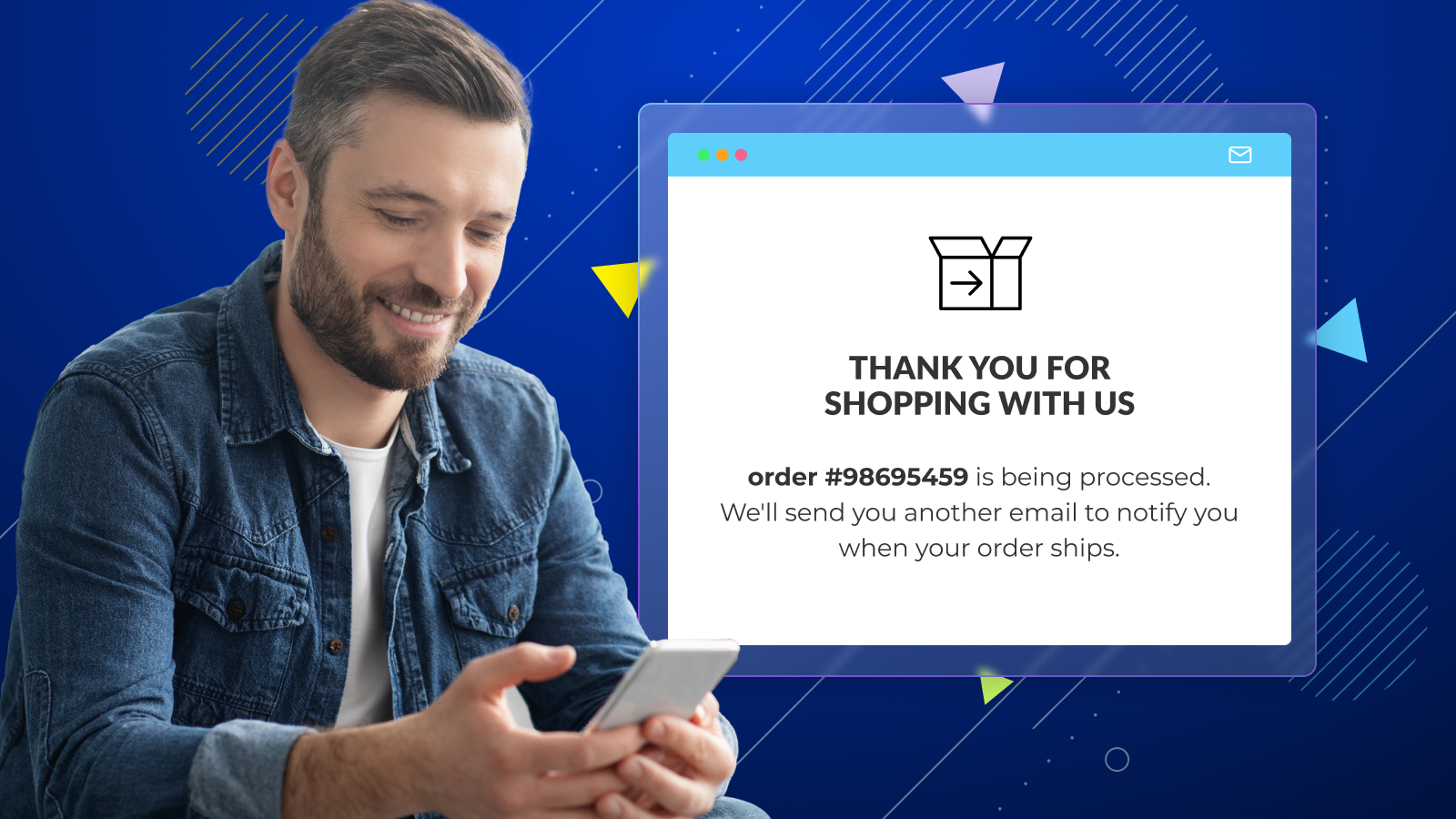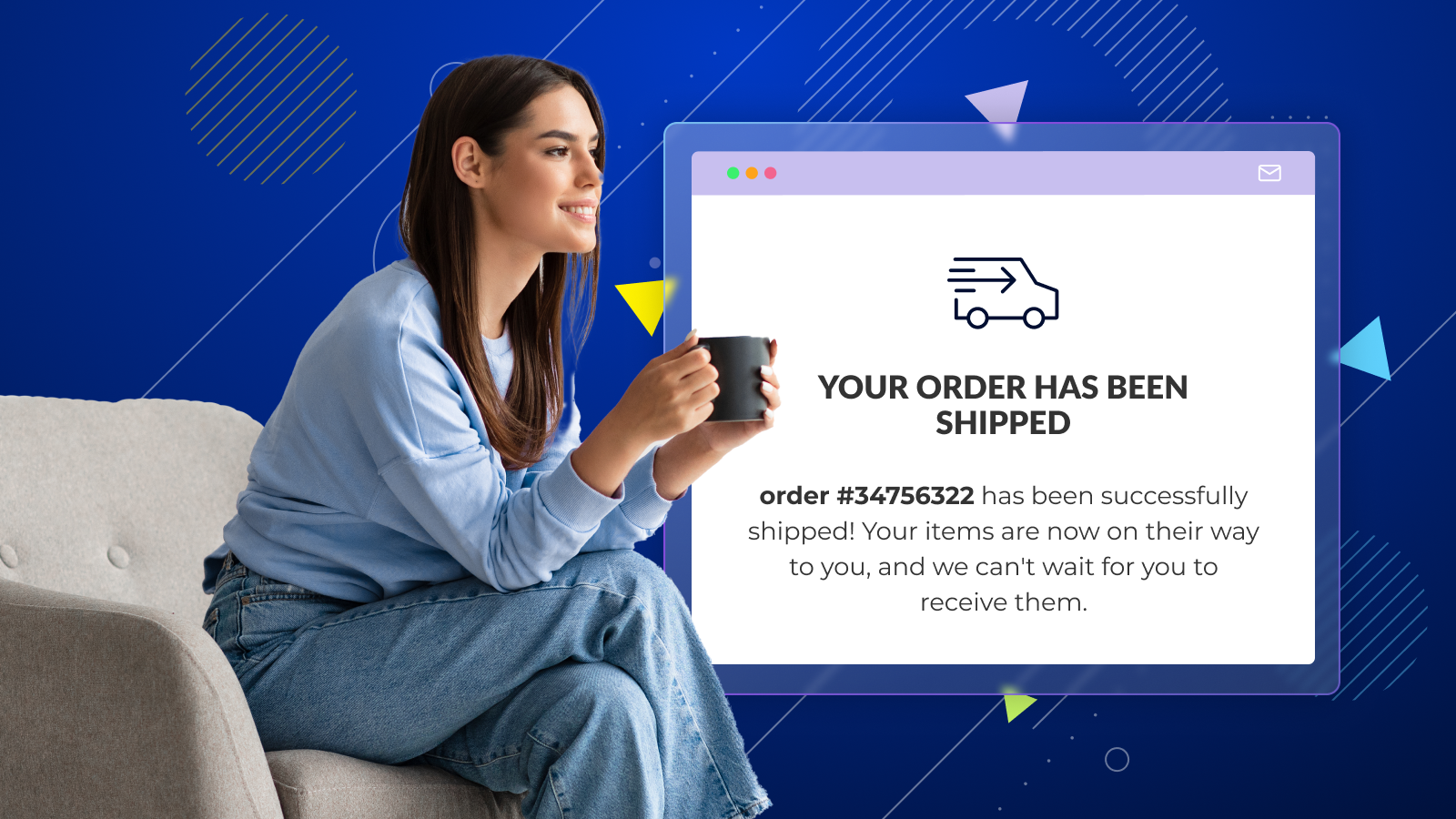Contents
What does pre-shipment mean?
Published on: September 8, 2023
Updated: November 21, 2023
Pre-shipment is a tracking status used by the United States Postal Service (USPS). It refers to the initial stage of the shipping process when a shipping label has been created by the sender, but the item has not yet been received by USPS for transport.
Essentially, “pre-shipment” indicates that USPS has been alerted about a pending shipment. The details of the shipment—like its weight, destination, and shipping method—are logged into the USPS system when the label is created.
However, the tracking status will remain as “pre-shipment” until USPS physically scans the package at their facility. Once the item is in the USPS’s possession and its barcode is scanned, the status will update, signifying that the package is in transit.
It’s important to note that while in “pre-shipment”, the package is still under the sender’s (i.e., the merchant’s) control. This is the tracking status that customers might see when they check the store’s branded order tracking page or when post-purchase communications indicate that their order has been processed and is gearing up for its journey, but it’s not yet on the move.
It’s also worth noting that the pre-shipment status is used by USPS. UPS uses the status “Label Created” while FedEx might say “Shipment information sent to FedEx”.
But these terms essentially mean the same thing: the carrier has received shipment details, but the package itself is still with the sender.
| Tracking Status | USPS | UPS | FedEx |
|---|---|---|---|
| 1. Initial Stage | Pre Shipment | Label Created | Shipment Information Sent to FedEx |
| 2. Transit Stage | In Transit | Shipped/On the Way | In Transit |
| 3. Delivery Stage | Out for Delivery | Out for Delivery | Out for Delivery |
| 4. Final Stage | Delivered | Delivered | Delivered |
The table above summarizes the basic tracking status and delivery updates across USPS, UPS, and FedEx. Note that other status messages and shipping notifications may come up depending on the specific circumstances of each shipment.
These statuses may include “exception” or “delayed” if there are issues with the shipment, such as customs issues, weather-related delays, or incorrect address information.
How long does pre-shipment take?
The duration of the “pre-shipment” stage can vary widely and is largely dependent on the merchant’s processing time.
Generally, this stage involves:
- Preparing the item for shipment
- packing
- labeling
- arranging pickup or drop-off
For some brands, this process may take a few hours if they have a high turnover rate and efficient systems in place. For others, it could take a couple of days, especially during peak times such as holidays, sales events, or if they are dealing with a large volume of orders.
How can merchants reduce the time spent in pre-shipment?
As the merchant or shipper, you can speed up the pre-shipment process by streamlining your order fulfillment process. Quickly transitioning from order placement to dispatch—along with sending real-time ecommerce tracking updates—will help ensure a smooth post-purchase experience.
To that end, here are some tips to reduce the time spent in the pre-shipment stage.
- Adopt a robust inventory management system. Using real-time inventory systems enables quicker order processing as items can be located immediately. Plus, when you connect your inventory software to sales channels, you can ensure instant order acknowledgment and accelerate the beginning of the pre-shipment process.
- Automate label creation. This not only speeds up how labels are created, but it also reduces human error so orders are less likely to be delayed.
- Batch process your orders. If possible, process ecommerce orders in batches. This allows you to consolidate tasks such as picking, packing, and labeling, which can significantly speed up the pre-shipment process.
- Improve carrier relationships. Collaborate with your carriers and create a mutually beneficial relationship. Make sure you stay on top of pickup schedules to ensure your packages enter the shipping cycle faster.
Once orders are picked up, implement a parcel tracking automation system that sends updates to your customers and keeps them in the loop at every stage.
What happens if an order is lost or damaged during the pre-shipment?
Things don’t always go as planned, and sometimes orders can get lost or damaged before they’re shipped.
If a package is lost or damaged during the pre-shipment phase, it means that the issue occurred while the package was still under the merchant’s control, either in their warehouse or during transportation to the shipping carrier.
As a merchant, the first step should be to conduct an internal investigation to determine what happened. This could involve checking your parcel monitoring system, pulling up CCTV footage, reviewing handling procedures, or speaking with staff. Your goal here is to understand how the incident occurred to prevent similar issues in the future.
Next up, communicate with the customer. Reach out to them proactively, apologize for the inconvenience, and explain the situation.
You should then offer a resolution. This could be in the form of a replacement product sent at no extra cost, a refund, or store credit, depending on your company’s policy and the customer’s preference.
This isn’t just best practice—it can also be crucial for compliance with consumer protection standards set by government entities like the Federal Trade Commission (FTC). So by resolving pre-shipment issues fairly and transparently, you’re ensuring customer satisfaction and compliance with necessary regulations.
What happens after pre-shipment?
After pre-shipment, the package is sent to the carrier (e.g., USPS, UPS, FedEx, etc.). This transition is usually marked by the carrier scanning the package’s barcode, effectively updating the tracking status.
As mentioned in the table above, the next phase is the transit stage, which means the package is making its way through the carrier’s delivery network. Once the package is close to its final destination, the status will usually change to “out for delivery,” then finally, the package will be marked as “delivered” when it reaches the recipient’s doorstep.
Learn More About parcelLab's Product Suites
Provide a predictive delivery date that increases conversions, reduces uncertainty, and improves customer satisfaction.
Learn more Engage
Engage
Enhance your post-purchase journey with personalized communications that keep customers informed every step of the way.
Learn more Retain
Retain
Turn potential customer dissatisfaction into an opportunity for revenue retention by digitizing your returns process.
Learn MoreTransform Your Post-Purchase Experience
Learn more about how parcelLab can get you up and running quickly.
Book a demo
